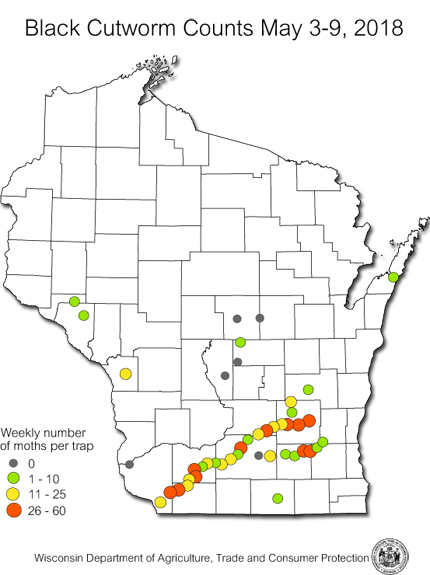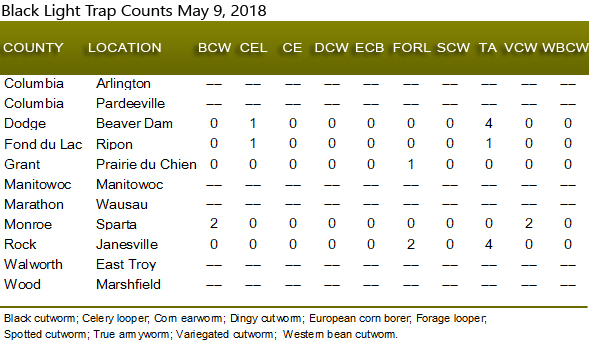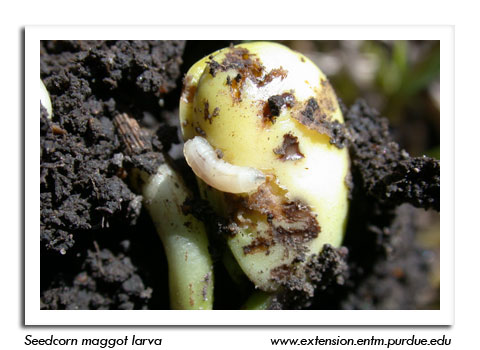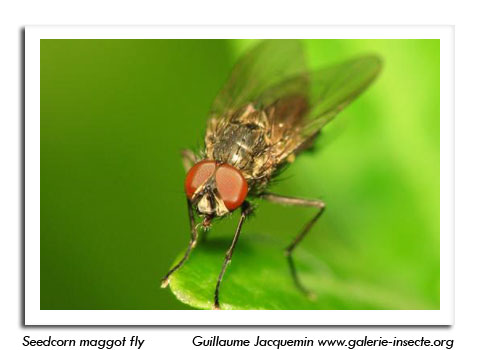
 |
|
|
Corn
Volume 63 Number 2 Date 05/10/2018 BLACK CUTWORM - Gusty south winds from May 3-9 brought additional large flights of black cutworms northward into the state following last week's first significant migration. DATCP's 46 monitoring locations collected 483 moths, with 18 sites registering intense counts of nine or more moths in two nights. The highest trap count for the week was 48 moths near Platteville in Grant County. Pheromone traps captured 220 moths during the previous week, for a cumulative total of 713 specimens since April 12. The moderate to high moth numbers recorded in the last two weeks suggests the risk of black cutworm damage to emerging corn has increased. The map below summarizes recent trap counts. EUROPEAN CORN BORER - According to the findings of last fall's survey, the overwintered generation of larvae should produce an extremely small flight of moths later this month. The annual European corn borer survey documented a state average of only 0.03 borer per plant or 3 per 100 plants, the second lowest population in the last 76 years. SEEDCORN MAGGOT - Emergence of first-generation flies from overwintered pupae has peaked across the southern and west-central areas of the state with the accumulation of 360 degree days (sine base 39°F). Peak emergence is expected to occur next week from Stevens Point to Green Bay and northward. Heavy egg laying is likely during this time, increasing the risk of maggot damage to susceptible crops such as corn and soybean seeds and seedlings. Planting as close as possible to the 'fly-free' period between the first and second generations can reduce risk and is the primary cultural control for this spring soil insect pest. -- Krista Hamilton, DATCP Entomologist 




|
|
|